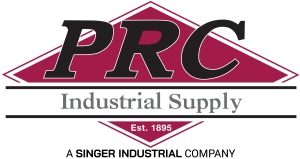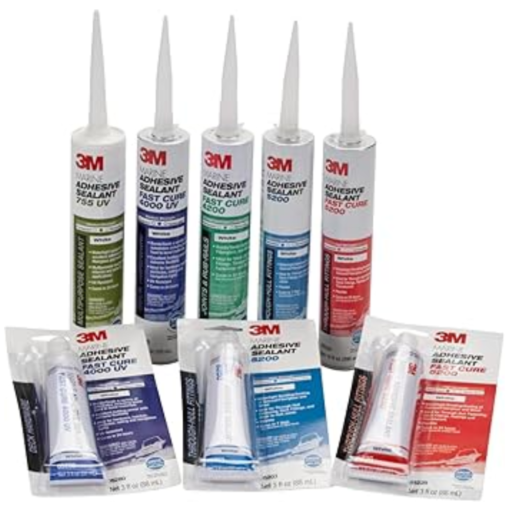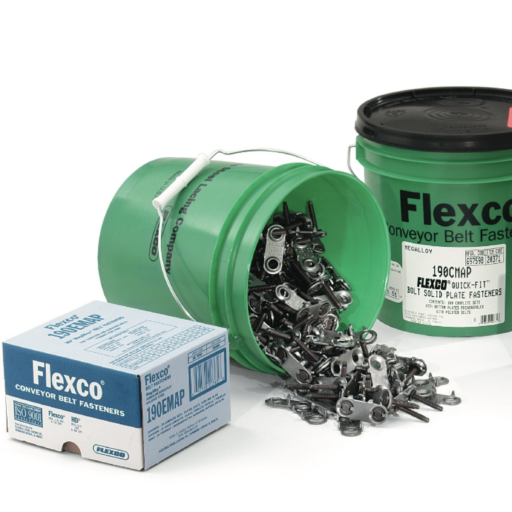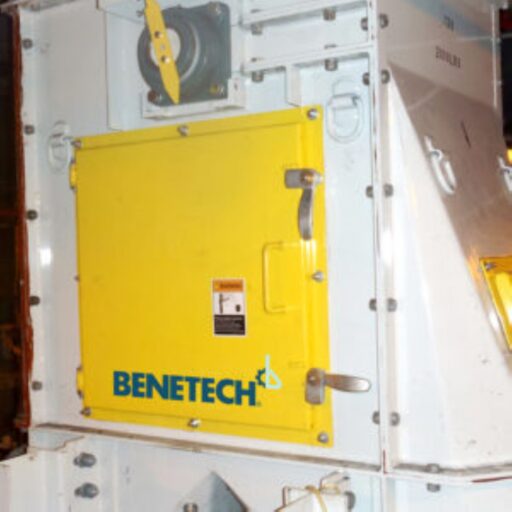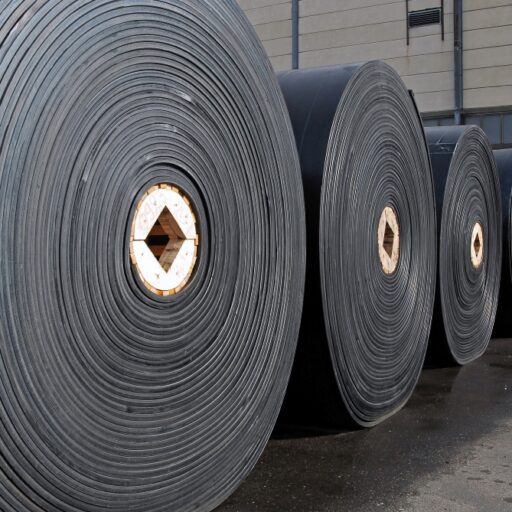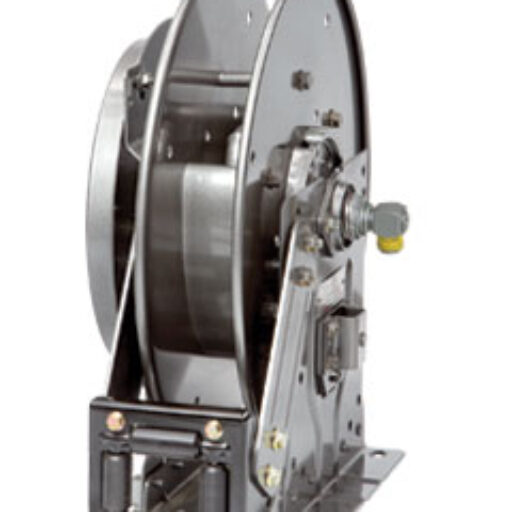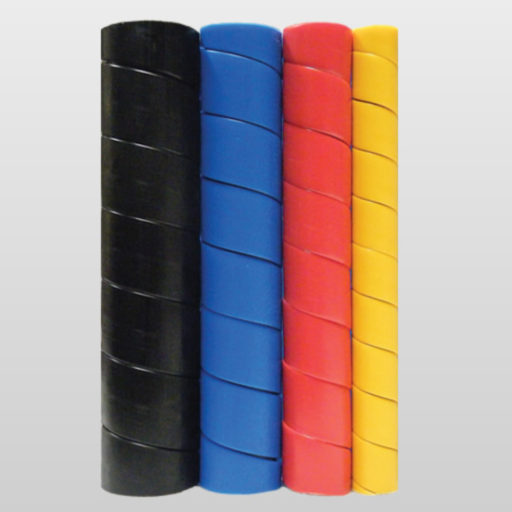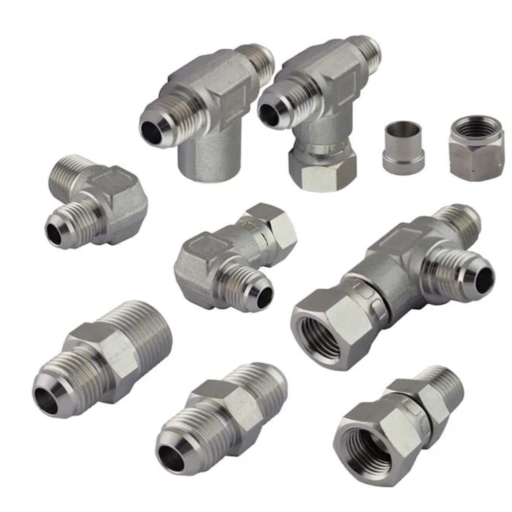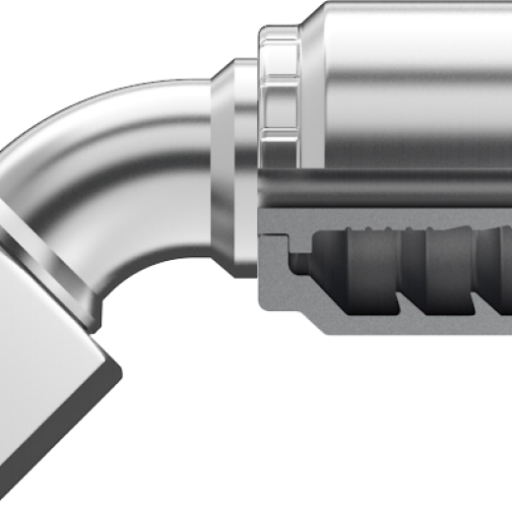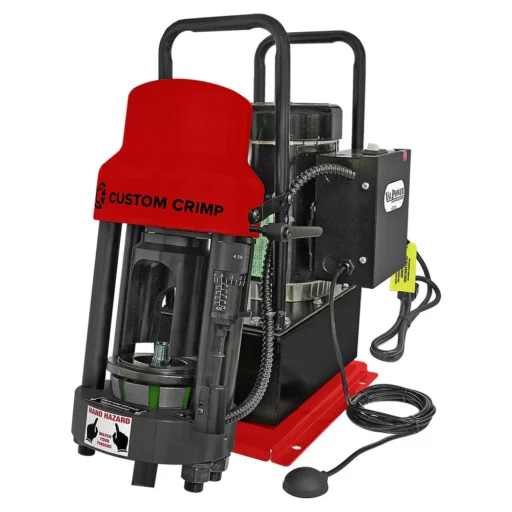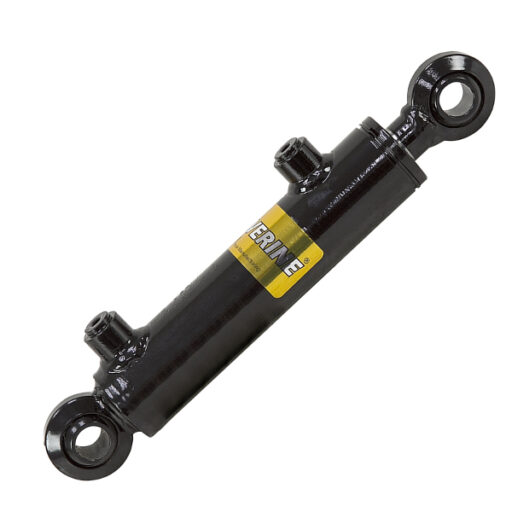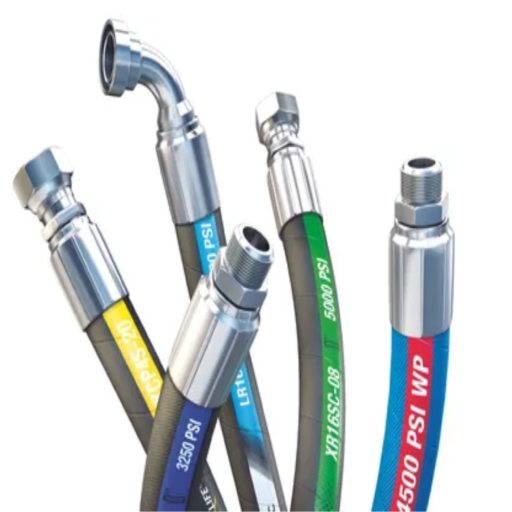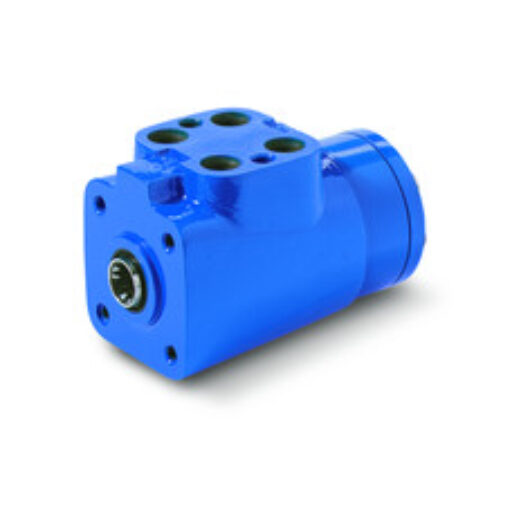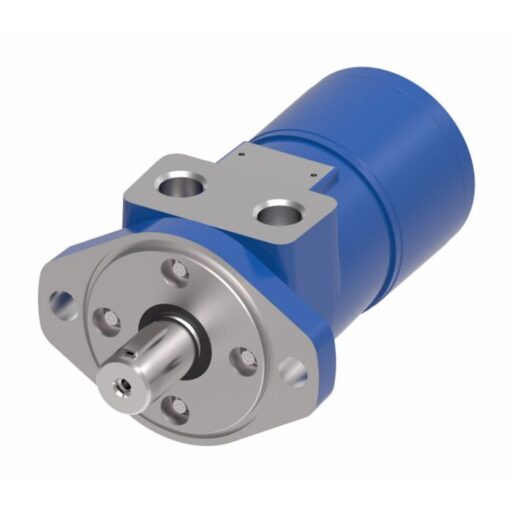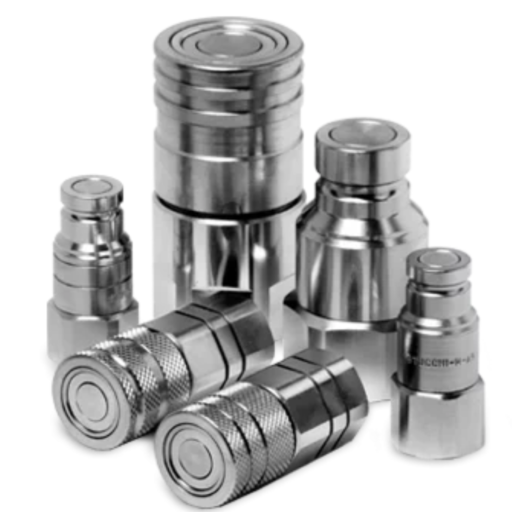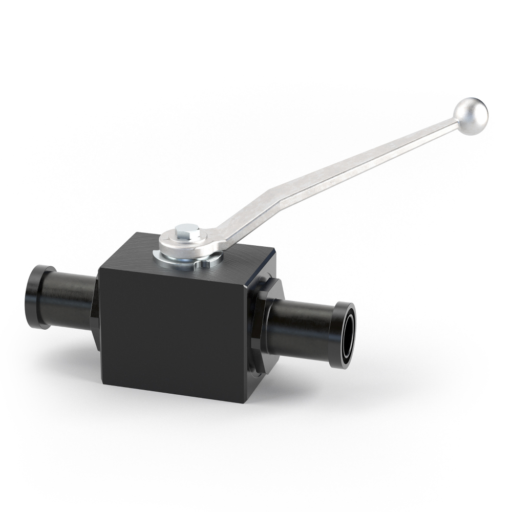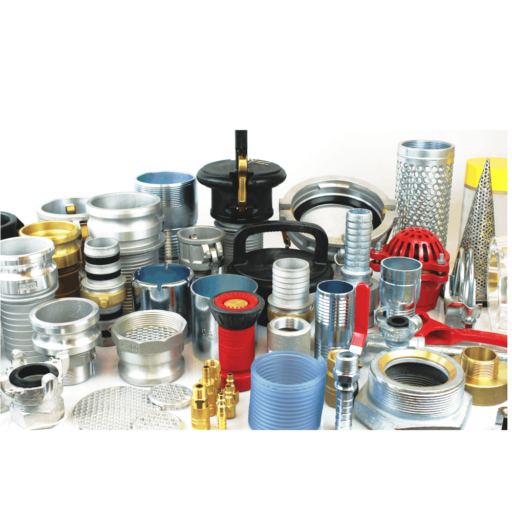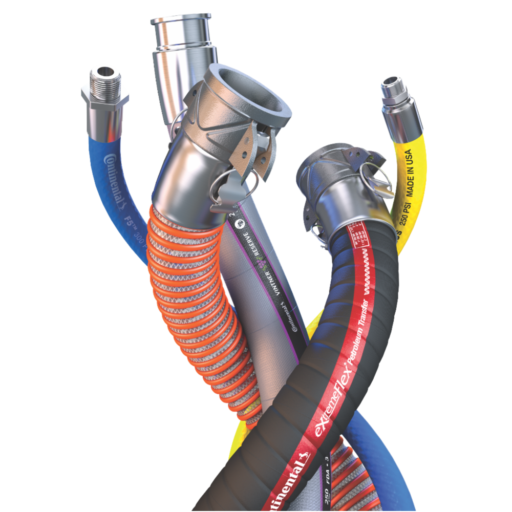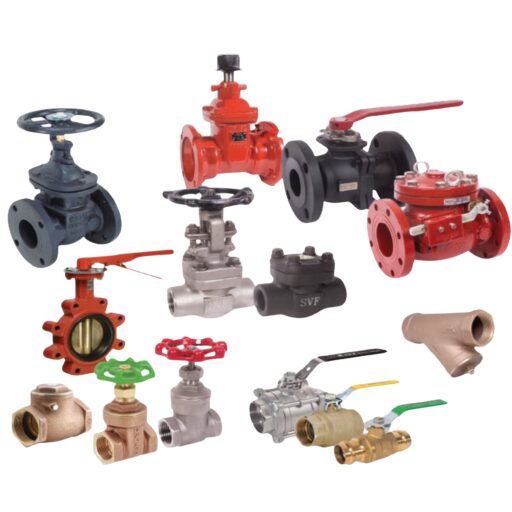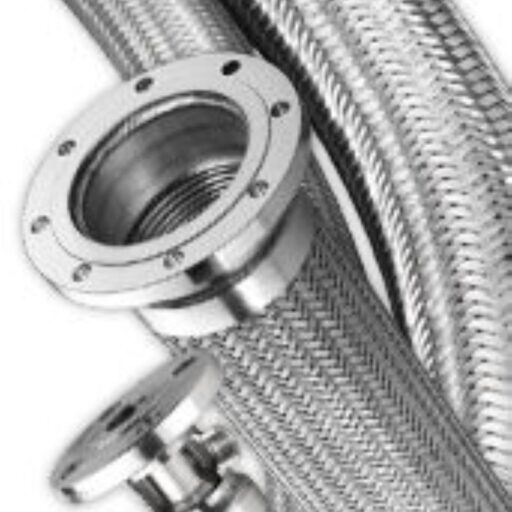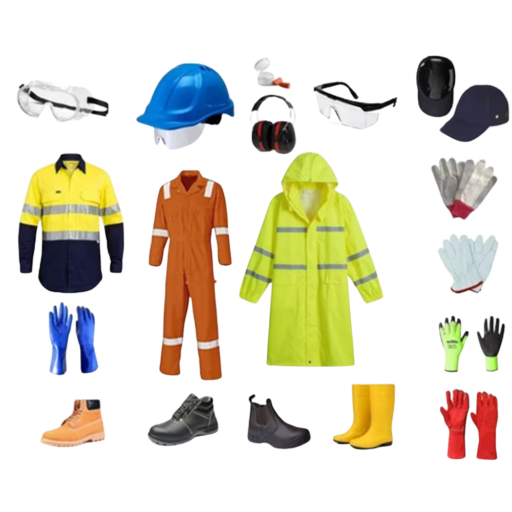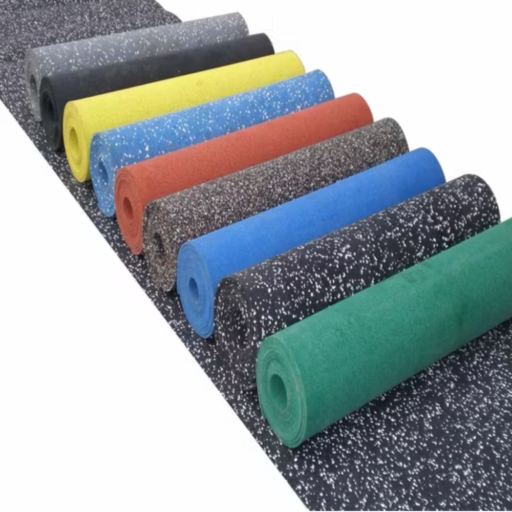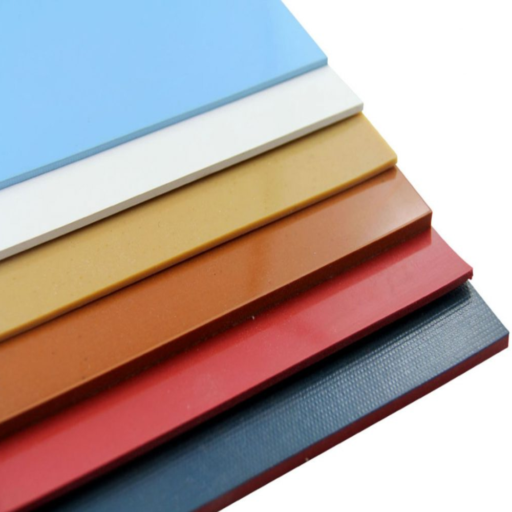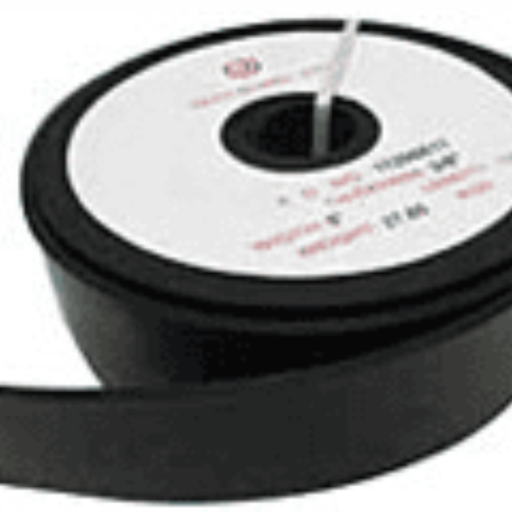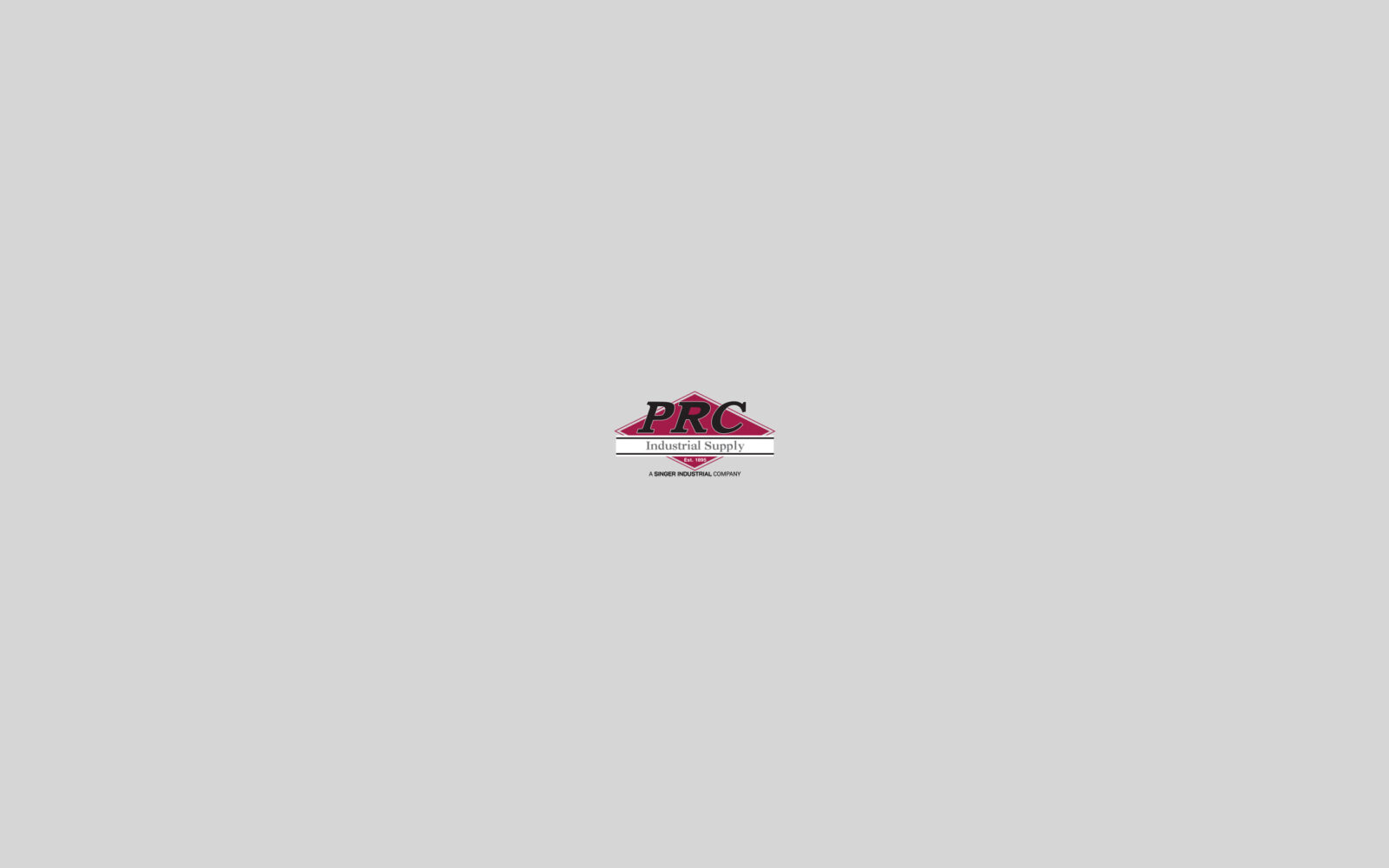10 Hose Handling and Maintenance Tips
On-Site and In-House, OnGuard™™ Hose Management services are tailored to customer needs. We create person to person relationships and programs tailored to address the needs of a customer to lower procurement costs, maximize productivity, create a safer work environment and/or manufacture a safer product.
Check out the below 10 tips on proper hose handling and maintenance
- Never exceed the rated working pressure of a hose.
- Never allow pressure spikes or surges above the maximum rated working pressure of the hose
- Excessive pressure can shorten the life of the hose
- Never run over a hose with equipment or vehicles, such as forklifts.
- Running over a hose can damage the tube, reinforcement, and cover
- A buildup of pressure can cause damage at the coupling
- Never pull a hose by its coupling
- Pulling a hose at the coupling can kink the hose and weaken the coupling’s bond to the hose
- Never lift a heavy, large-diameter hose by the middle with the ends hanging down.
- The internal reinforcement can be damaged at the support point
- Support large hose every ten feet with rope saddles or slings
- When moving a hose, always lift the hose and coupling together
- Use dollies, rollers, or derricks when moving large hoses
- Never over-bend a hose to the point of kinking
- Never bend the hose tighter than the recommended minimum bend radius
- Never kink a hose to stop the flow of material
- Kinking a hose can seriously damage the tube and reinforcement
- If needed, install bend restrictors at the coupling to prevent the hose from being bent past its minimum bend radius
- A hose cover exposed to excessive wear can be protected with an extra cover, such as a nylon sleeve or pad.
- Make the cover slightly longer than the hose to accommodate any change in the hose length when in use
- Remove kinked or crushed hose from service immediately
- Inspect and test the hose before putting it back in service
- An outside diameter of a hose which has been permanently reduced by more than 20% should be removed from service
- An outside diameter of a hose which has been reduced by 20% or less should have a hydrostatic test done before being put back into service.
- Remove and test any hose assembly that has been subjected to abuse
- This includes a hose that has been severely pulled at the coupling, flattened, crushed, kinked, cut, abraded or exposed to temperatures or pressures above noted maximums.
- Visually inspect and pressure test hose at regular intervals
- This is extremely important for critical application hoses, such as acid/chemical, steam, LPG, and petroleum
- Check for kinks, bulges, soft spots, loose areas, abrasions, and cuts
- Cuts or abrasions which expose the reinforcement are signs that the hose should be immediately removed from service
- Always check for fluid seepage by pushing at the base of the coupling with your thumbs; a hose softened by fluid seepage must be replaced
- Check for coupling slippage
- Remove any hose that does not pass your visual inspection
